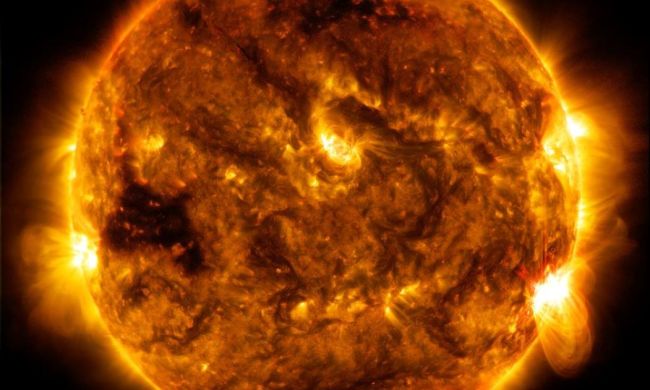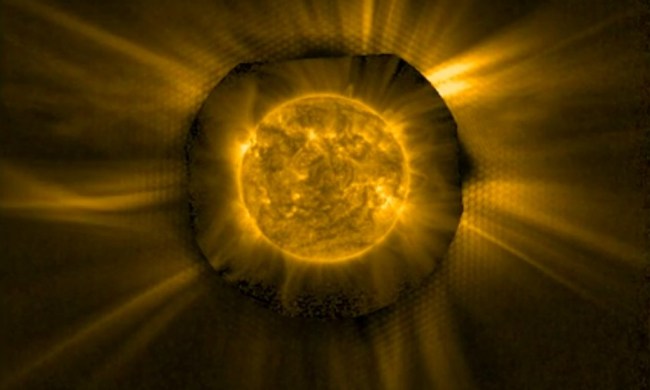The Solar Orbiter is on its way to the sun. The spacecraft got off to a perfect start late Sunday night, with a flawless launch aboard an Atlas V 411 rocket from Cape Canaveral, Florida, at 11.03 p.m. ET.
The ambitious mission, jointly operated by the European Space Agency (ESA) and NASA, should give us the best view yet of our star, including the first proper look at its uncharted polar regions.
Shortly after the Atlas rocket delivered the Solar Orbiter to space, ESA was able to confirm that the spacecraft’s all-important solar array had properly deployed, supplying it with power.
#SolarOrbiter solar array deployment: confirmed
We have energy #WeAreAllSolarOrbitershttps://t.co/8Fl2TFk8nF
— ESA’s Solar Orbiter (@ESASolarOrbiter) February 10, 2020
The $672 million Solar Orbiter, which is kitted out with a suite of highly sensitive instruments for imaging the surface of the sun and measuring the properties of the nearby environment, will take almost two years to reach its initial operational orbit in a mission that could last up to a decade.
“As humans, we have always been familiar with the importance of the sun to life on Earth, observing it and investigating how it works in detail, but we have also long known it has the potential to disrupt everyday life should we be in the firing line of a powerful solar storm,” said Günther Hasinger, ESA Director of Science. “By the end of our Solar Orbiter mission, we will know more about the hidden force responsible for the sun’s changing behavior and its influence on our home planet than ever before.”
Thomas Zurbuchen, NASA’s associate administrator for Science at the agency’s headquarters in Washington DC, promised the Solar Orbiter would do “amazing things” during its mission. “Combined with the other recently launched NASA missions to study the sun, we are gaining unprecedented new knowledge about our star,” Zurbuchen said. He added that data from the mission will also help make astronauts safer as they travel on upcoming Artemis missions to the moon and beyond.
For more on the Solar Orbiter and the aims of the mission, be sure to check out this informative piece that has everything you need to know.


